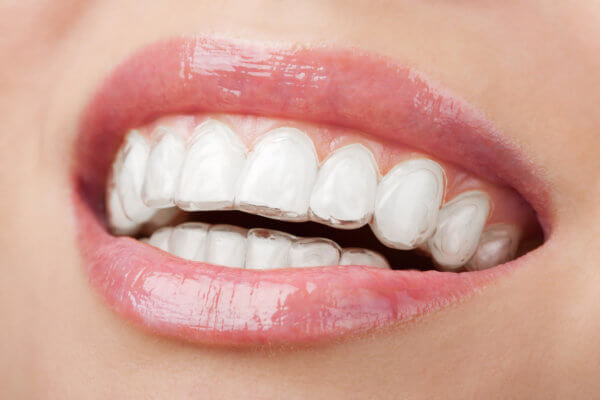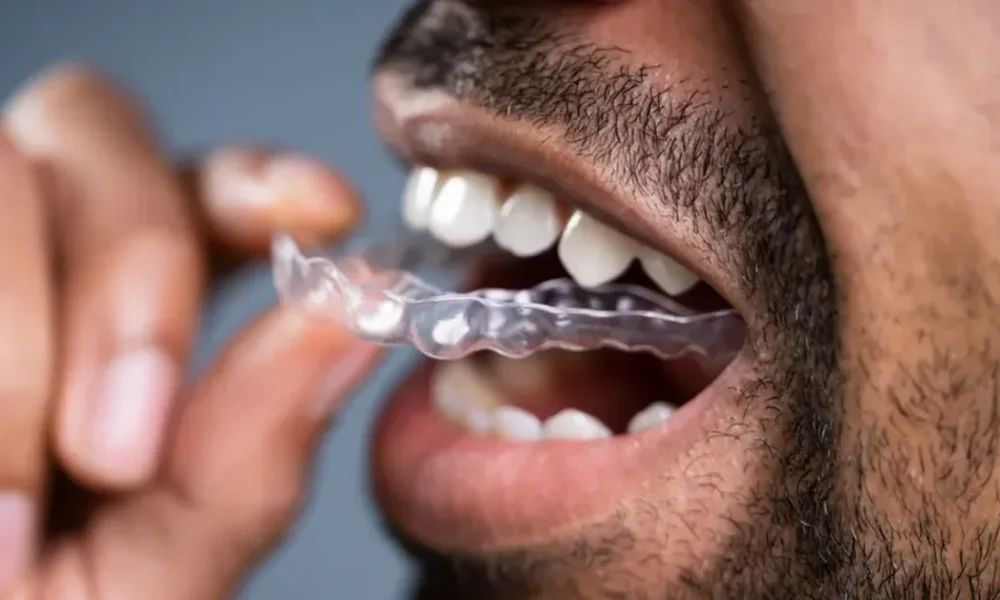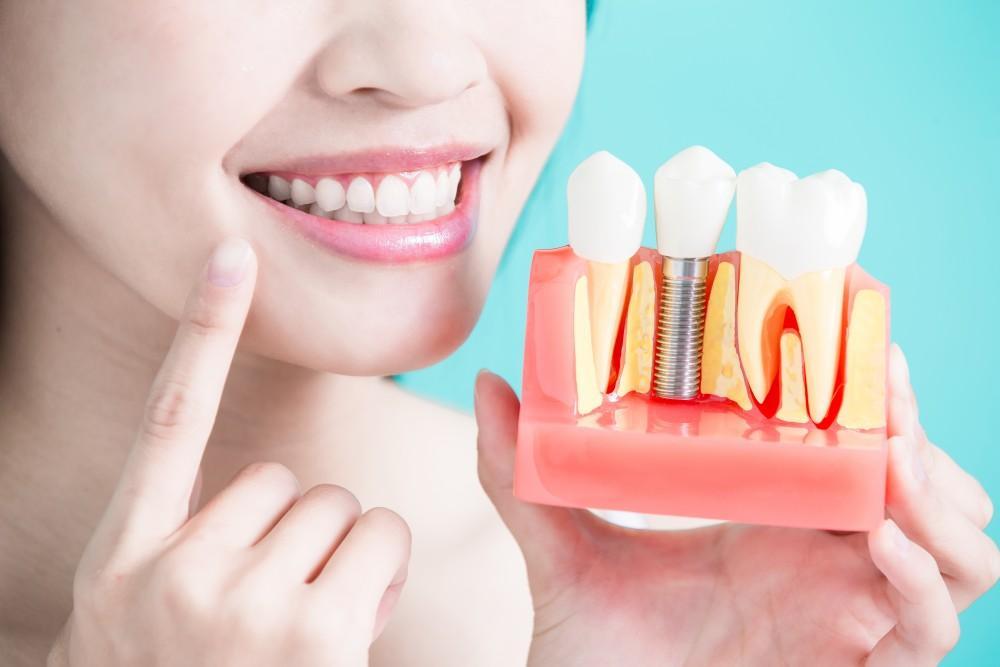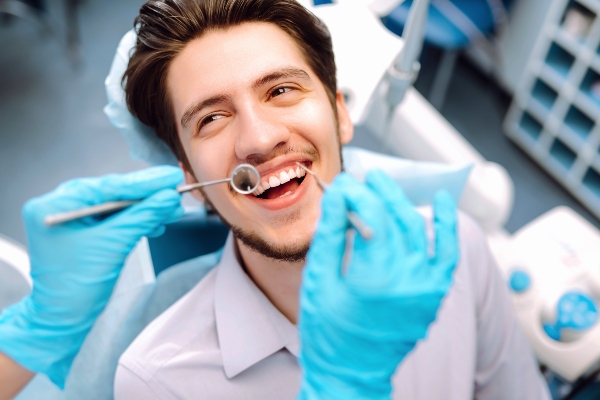Specialists offering dental care in Whitby strive to provide compassionate and comprehensive care to their patients when it comes to orthodontic teeth alignment. With advanced technology and precision, orthodontists prefer Invisalign for most of their patients. Invisalign offers a series of benefits that have replaced conventional metal braces. To know more about Invisalign, read further!
What is Invisalign?
How does Invisalign work?
Invisalign works by using a series of custom-made, clear plastic aligners that are designed to gradually move teeth into their desired position. The process begins with a digital scan of the patient’s teeth and mouth, which is used to create a precise 3D model. From this model, a series of aligners are created, each slightly different from the last, to incrementally move the teeth into alignment. The patient wears each set of aligners for 1-2 weeks, 20-22 hours a day, before moving on to the next set. As the aligners are worn, the teeth gently shift into place, guided by the precise contours of the aligner. The aligners work by applying gentle pressure to the teeth, which stimulates bone remodeling and allows the teeth to move into their new position.
What is an ideal age range for Invisalign?
Invisalign is a versatile orthodontic treatment that can be suitable for a wide range of ages, from teenagers to adults. The ideal age range for Invisalign is typically considered to be between 13 and 45 years old. For teenagers, Invisalign Teen is a popular option, designed specifically for younger patients whose teeth are still developing. This treatment option includes additional features such as eruption tabs to accommodate growing teeth and compliance indicators to track wear time. For adults, Invisalign is a popular choice due to its discreet and convenient nature, allowing them to achieve a straighter smile without the noticeable appearance of traditional metal braces.
How is Invisalign better than metal braces?

Invisalign offers a superior alternative to traditional metal braces, providing a more comfortable, convenient, and discreet orthodontic treatment experience. Unlike metal braces, which can cause mouth irritation and discomfort, Invisalign’s smooth plastic aligners gently guide teeth into place without the need for brackets or wires. Additionally, Invisalign’s removable design allows for easy eating, drinking, and cleaning, eliminating the dietary restrictions and oral hygiene challenges associated with metal braces. With Invisalign, patients can also avoid the self-consciousness and embarrassment that often come with wearing metal braces, as the clear aligners are nearly invisible. Furthermore, Invisalign treatment is often faster than metal braces, with average treatment times of 6-18 months.
How do you care for your Invisalign aligners?
Proper care and maintenance of Invisalign aligners is crucial to ensure effective treatment and longevity of the appliances. To keep your Invisalign aligners clean and fresh, rinse them with warm water and mild soap whenever you remove them. You can also use Invisalign’s specialized cleaning products, such as cleaning crystals or mouthwash, to sanitize and freshen your aligners. When not in use, store your aligners in their protective case to prevent damage or loss. Avoid exposing your aligners to extreme temperatures, such as leaving them in a hot car or washing them in hot water, as this can cause warping or damage.



